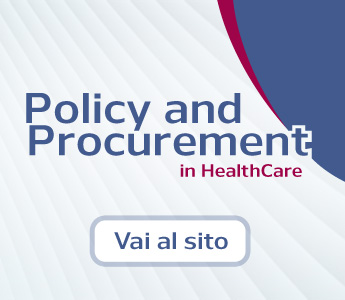La gestione del rischio iatrogeno nell’anziano
DOI: https://doi.org/10.7175/pmeal.v4i1.338
Abstract
Iatrogenic risk in the elderly is the consequence of an incorrect use of drugs. It may be caused by comorbidities, polypharmacy and pharmacokinetic and pharmacodynamic changes. Factors influencing the effect of a drug are closely linked to genetic polymorphism of hepatic enzymes, drug-drug, drug-disease and drug-food interactions, smoke and alcohol. In this article we will try to focus on the possible factors influencing iatrogenic damage; we will also describe some case reports on adverse drug events in the elderly. Finally, we analyze if there are guidelines driving doctors in the appropriate prescription of drugs for a better management of iatrogenic risk. According to the last evidences, a rationale approach to pharmacological management of elderly people consists in individualizing and simplifying treatment, choosing the most appropriate drug, starting from low dosage and gradually increasing it. The best outcome is to obtain the greatest effect by the lowest possible dosage. Reducing the number of drugs, in order to have a better compliance, and considering possible and sometimes dangerous interactions is another reasonable outcome. At the moment there are no guidelines for facing comorbidities; Beers criteria, which define the use of potentially inappropriate drugs in the elderly, together with a multidisciplinary cooperation among doctors, pharmacists and nurses, may be useful tools for a good management of iatrogenic risk in elderly people.
Parole chiave
Elderly; Management; Iatrogenic risk; Drugs; Polypharmacy; Comorbidities
Testo completo
Statistiche
Abstract: 1047 visualizzazioniPDF: 1324 visualizzazioni
Refback
- Non ci sono refbacks, per ora.
Copyright (c) 2012



